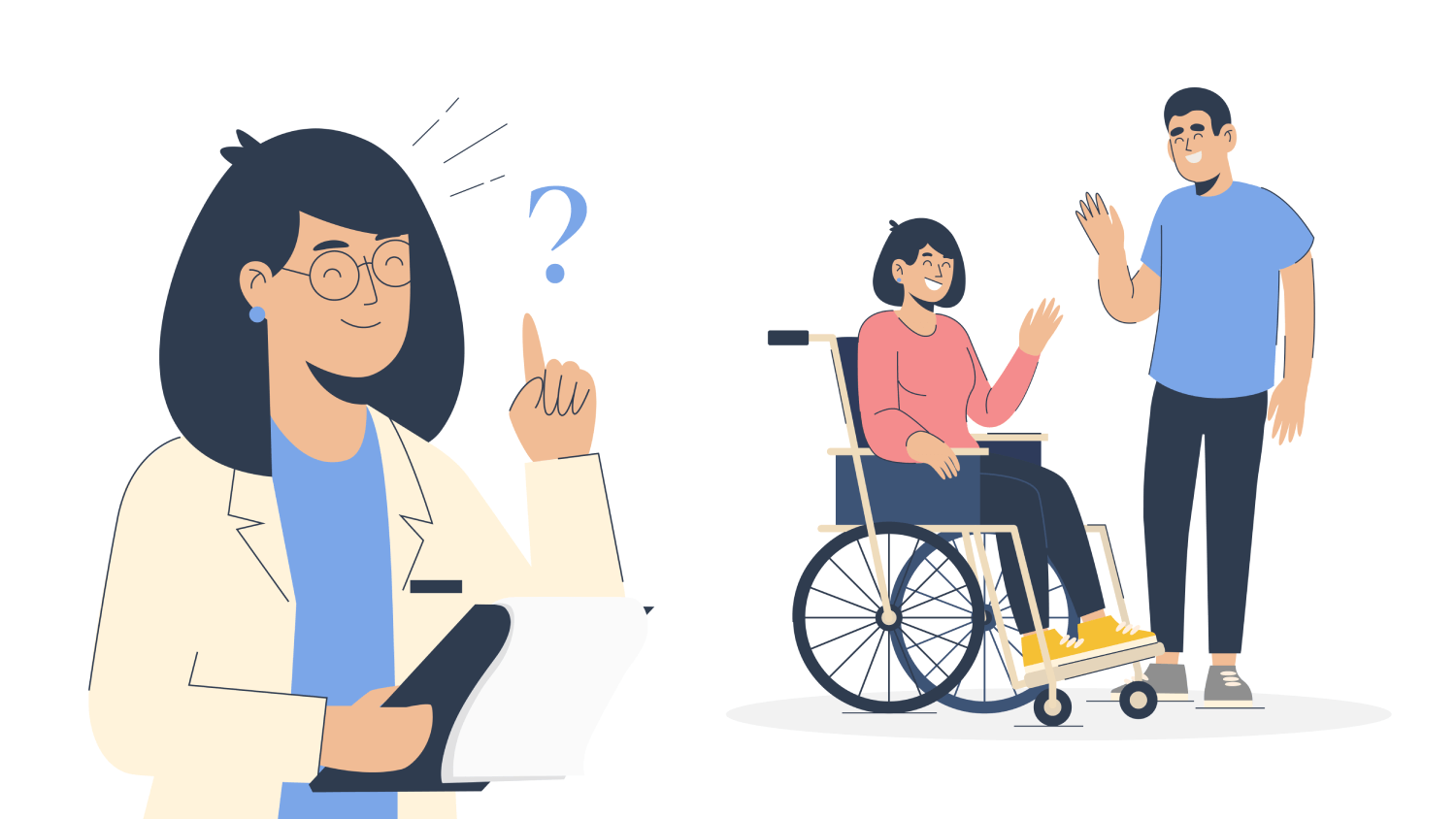Service animals, as defined by American with Disabilities Act, are dogs that are individually trained to do work or perform tasks for people with disabilities. Now, what does that actually mean? We have broken down the definition into three parts to help better understand: disability, training, and tasks.
Disability: An individual with a disability is defined by the ADA as a person who has a physical or mental impairment that substantially limits one or more major life activities, a person who has a history or record of such an impairment, or a person who is perceived by others as having such an impairment. Please do note: federal law protects disabled individuals from disclosing their disability or providing medical documentation to verify their disability.
Training: Service animals must always have basic obedience training. They should not misbehave in public and should always be under the control of their handler. In addition to the basic obedience training, a service animal must be trained (either by a professional trainer or the handler themselves) to perform a task, or an act of “service”, directly related to the handler’s disability.
Tasks: The task(s) a service animal performs for its handler must be directly related to the disability.
If you have a disability, and you have a dog that has been trained (either by yourself or a professional) to provide assistance for your disability, then you may qualify to have a service animal.


